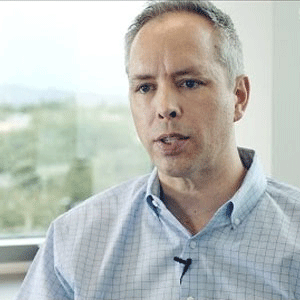THANK YOU FOR SUBSCRIBING

How an Initiative for Standardization and Modularization Leads to Cost Reduction, Increased Efficiency-and Better Teamwork
Faruk Bilgin, Global Director Manufacturing Engineering of Webasto Group

Globally operating automotive suppliers have always been part of a challenging market. In this context, the Covid-19 pandemic has not really helped to ease the situation. Nevertheless, Webasto was able to assert itself and remains the market leader. As the company grew in size and expertise, three future challenges emerged clearly: firstly, global market growth is mainly driven by China. Thus, customer projects that were originally European, were increasingly rolled out worldwide. Therefore, we also needed a universal standard in process implementation. Secondly, the product becomes a commodity for the customer with ever-increasing cost pressure, as its functionality has not increased significantly over time. Thirdly, sales growth at Webasto was limited by locally specified assembly lines. Thus, differences in performance and price occurred in the execution of the supplier. Asa result of the product and customer-specific assembly lines, equipment had low utilization, high costs, and incalculable risks.
To maintain Webasto's market position, we launched the standardization and modularization initiative in June 2017 based on the three insights above. The aim of the project was to define multi-product production equipment that is modular and standardized. In the first step, we focused on the company's main business, the sunroof production for global customers. Different product and customer designs should be assembled on the same equipment so that development time, cost, utilization rate, and quality could be improved. For this purpose, common requirements, dimensions, and technologies of all existing and future customer products and requirements from the international markets were defined. Production processes were harmonized as far as possible to achieve an efficient line design.
So far, the overall project has been extremely successful. Assembly lines can now be specified easily, using a configurator with precisely defined individual modules. Thus, we have been able to reduce investments by 30 percent and improve productivity by10 percent. Design time and quality have been improved by approximately 50 percent with the globally tested and verified solutions. Implementation costs and time were also improved. Full MPL capability has improved execution costs for new projects by approximately 80 percent. This allows us to be more competitive when acquiring new projects.
In August 2020, our efforts were rewarded by the National Association of Manufacturers (NAM) with the Manufacturing Leadership Award for outstanding achievements in the development of flexible, cross-product production lines and processes.
In the end, we are also achieving interpersonal successes: globally standardized templates and norms for specifications simplify the work of engineers and raise transparency and clarity for all colleagues. Global cooperation and teamwork have also improved dramatically. Mutual trust and supportive cooperation have been taken to the next level.
In the next step, we will expand the project to the new Battery and Charging business units. It is difficult to say which major project we will tackle next. However, it is obvious that we will face future challenges and thus continue to drive Webasto and the entire market forward.
Weekly Brief
I agree We use cookies on this website to enhance your user experience. By clicking any link on this page you are giving your consent for us to set cookies. More info
Read Also












